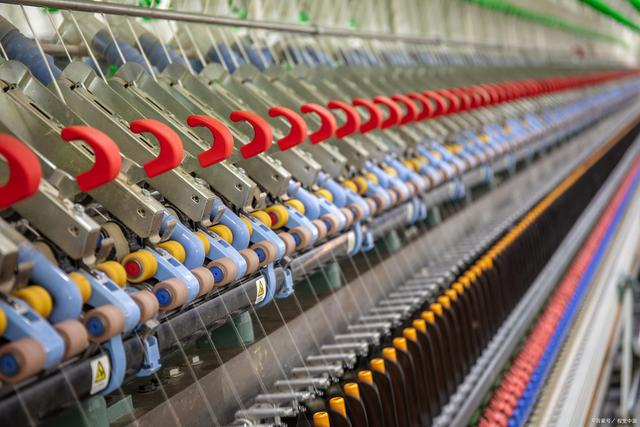The United States is recognized as a global textile power. According to the previous statistics of The German textile Economy magazine, among the top 20 famous textile enterprises in the world, there are 7 in the United States, 6 in Japan, 2 in Britain, and 1 each in France, Belgium, Italy, Sweden and South Korea. The strength of America’s textile industry is evident. Notably, the United States is a global leader in textile research and development, developing next-generation textile materials such as conductive fabrics with antistatic properties, electronic textiles that monitor heart rate and other vital signs, antibacterial fibers, and body armor. The US was once the world’s fourth-largest exporter of textile-related products (fibres, yarns, fabrics and non-garment textiles).
Historically, the Textile industry in the United States was an important industry developed with the first industrial Revolution. According to documents, the development of the textile industry in the United States began in 1790 and was concentrated in the southern states. North and South Carolina, in particular, have the reputation of being the largest textile industry in the United States. The textile industry of the United States not only laid a solid foundation for the United States to have the strongest industrial production capacity, but also laid a solid foundation for the progress of science and technology and the expansion of the National economy of the United States.
As early as October 20, 1990, the then President of the United States George H.W. Bush said at the conference celebrating the 200th anniversary of the American textile industry: The American textile industry has played an indelible important role in the growth and competitiveness of the American economy today. It is worth noting that Since 1996, Mexico has overtaken China as the largest supplier to the U.S. apparel market. In the global textile trade, the United States has been the world’s largest textile consumption market. As early as 2005, the United States was the world’s largest cotton producer, with an annual output of more than 20 million bales, ranking first in the world.
Cotton fabric has always been the most popular textile product in the American textile consumption market, and its annual consumption has accounted for 56% of the total textile consumption market in the United States. The second largest consumer textile product is non-woven textiles. By 2000, the United States was the world’s largest producer of carbon fiber and those fibers. The United States produced 21,000 tons of carbon fiber a year, and carbon fiber alone produced more than 10,000 tons. The United States accounted for 42.8 percent of the world’s total production of carbon fiber. Its output accounts for 33.2% of the world’s carbon fiber production; At the top of the list is Japan.
The United States was the world’s first non-woven production, according to the world Trade Organization data show that the United States of non-woven production once accounted for 41% of the total global non-woven production; The EU accounted for 30%, Japan for 8%, and other countries and regions only 17.5. The United States once occupied the world’s largest non-woven production and consumption. Although the Us textile industry is resourceful, innovative and innovative results are among the best in the world, its domestic labor costs far exceed those of most countries in the world.
Of the famous “textile” Georgia, about 1.18 million acres of cotton, where it is the second largest states, the United States cotton textile professionals has ranked second in the states, textile industry occupies an important position in the economy of Georgia, Augusta, Columbus, Macon and Roman city are the main textile industry production center. Georgia has incomparable advantages in raw materials, transportation, energy prices, preferential policies and other aspects, attracting a large number of textile enterprises from all over the world to settle here, among which the largest is the tufted carpet manufacturer. Ninety percent of U.S. carpet manufacturers have factories in Georgia, and tufted carpets account for 50 percent of the world’s carpet production. Dalton, where the carpet weaving industry is concentrated, is known as the carpet capital of the world. It is worth mentioning that Georgia also has world-class institutions of higher learning, providing a steady stream of talent for the textile industry. Georgia Institute of Technology, one of the four major universities of science and technology in the United States, has outstanding research achievements in the field of polymer chemical textile industrial application. Georgia has been named the “Best State to do Business in America” for four consecutive years by Location magazine. Also known as the “new high-tech capital,” Atlanta is a global leader in technological innovation in the textile industry.
Post time: Jul-12-2022



